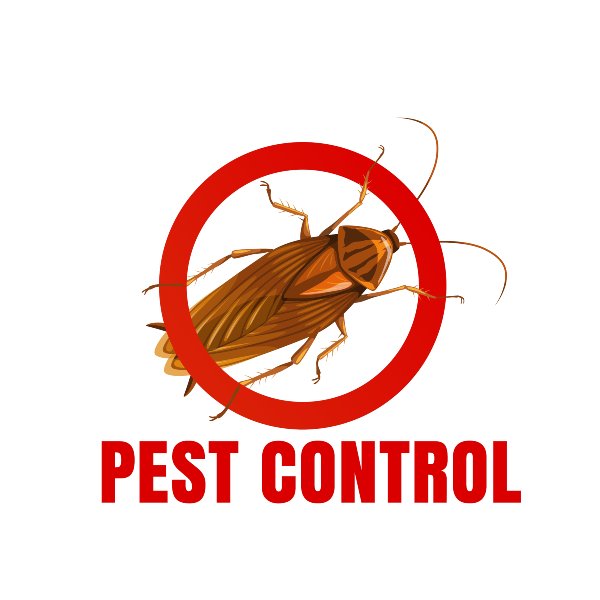Reputable A1 Bed Bug Exterminator Charlotte - Eliminate Bed Bugs Rapid
Reputable A1 Bed Bug Exterminator Charlotte - Eliminate Bed Bugs Rapid
Blog Article
Bed Pest Treatment Malfunction: Comparing Chemical Vs. Non-Chemical Solutions
In the world of pest control, especially when handling the persistent concern of bed insects, the choice in between chemical and non-chemical treatment solutions can be an essential one. Both approaches supply distinct advantages and downsides, affecting variables such as efficiency, safety and security considerations, and overall expense. By taking a look at the nuanced details of each method, a clearer understanding of which path to pursue in resolving a bed pest infestation can be achieved.
Efficiency of Chemical Therapies
Chemical treatments for bed bug infestations have been widely recognized for their potent and rapid efficiency in eliminating these bugs. When taking into consideration the efficiency of chemical therapies, it is vital to recognize that they can provide a fast and complete solution to a bed bug trouble.
In addition, chemical treatments have the advantage of supplying residual effects, indicating that they can remain to remove bed bugs even after the preliminary application. This recurring activity is specifically helpful in combating any kind of potential re-infestations. Additionally, the rapid activity of chemical treatments can bring relief to people facing extreme bed pest infestations, enabling them to gain back control of their living spaces rapidly.
Safety Worry About Chemical Solutions
One important element that needs careful factor to consider when utilizing chemical solutions for bed insect treatment is ensuring the security of occupants and the atmosphere. Exposure to specific chemicals utilized in bed insect treatments can lead to respiratory system problems, skin inflammation, or other unfavorable responses, particularly in people with pre-existing conditions or sensitivities.
Furthermore, the ecological effect of chemical remedies is one more considerable factor to consider. Some pesticides made use of in bed insect treatments might be hazardous to helpful pests, wildlife, and ecosystems if they leach right into the dirt or water systems. It is vital to utilize chemical therapies judiciously, complying with security standards, and thinking about much less poisonous options to mitigate these risks and ensure the safe and efficient monitoring of bed bug infestations.
Benefits of Non-Chemical Methods
Thinking about the potential security concerns and ecological influence connected with chemical services for bed bug therapy, checking out non-chemical strategies offers an encouraging choice with a number of distinct advantages. Non-chemical therapies are ecologically pleasant, as they do not contribute to air or water pollution, making them a sustainable choice for parasite control.
Furthermore, non-chemical services can be reliable in targeting bed insects, including hard-to-reach locations where chemical treatments might not permeate. Techniques such as warmth treatment, vacuuming, heavy steam cleaning, and mattress coverings offer complete elimination without the use of dangerous chemicals. In addition, non-chemical techniques can be termiticide pest control much less disruptive, requiring termite pest control minimal preparation and permitting for quicker reentry into dealt with locations. In general, choosing non-chemical bed pest therapy methods not just focuses on security and environmental management but likewise guarantees thorough and reliable insect control.
Limitations of Non-Chemical Treatments

Additionally, non-chemical treatments commonly call for numerous applications to attain effective elimination. This can be taxing and might not constantly ensure full elimination of all bed bugs and their eggs, especially in covert or hard-to-reach locations.
Moreover, the success of non-chemical therapies heavily relies upon appropriate application and thoroughness, which can be testing for individuals without professional proficiency. Insufficient application of non-chemical approaches might cause incomplete eradication, bring about consistent infestations and the demand for extra therapies.
Consequently, while non-chemical treatments have their benefits, it is crucial to recognize these constraints and consider them when determining one of the most efficient strategy for managing bed insect infestations.
Price Comparison: Chemical Vs. Non-Chemical Options
Offered the constraints linked with non-chemical treatments, a vital element to evaluate in the context of bed insect management is the price contrast click site between chemical and non-chemical choices. In comparison, non-chemical therapies like warmth therapy or heavy steam can be much more expensive, with prices ranging from $1,000 to $6,000 for a whole home. While the initial expense of chemical therapies may appear reduced, several treatments may be called for to completely eradicate the infestation, possibly increasing the total expense.
Conclusion

Taking into consideration the possible safety and security problems and environmental effect connected with chemical remedies for bed insect treatment, discovering non-chemical approaches presents an encouraging alternative with a number of distinct benefits.Given the limitations associated with non-chemical therapies, a vital facet to examine in the context of bed pest management is the price comparison in between chemical and non-chemical choices. In contrast, non-chemical therapies like warm treatment or heavy steam can be extra pricey, with expenses varying from $1,000 to $6,000 for an entire home. While the first expense of chemical therapies might seem lower, several therapies may be called for to totally eliminate the infestation, possibly boosting the total price.In final thought, when contrasting chemical and non-chemical bed pest therapy choices, it is necessary to think about efficiency, safety and security, advantages, limitations, and expense.
Report this page